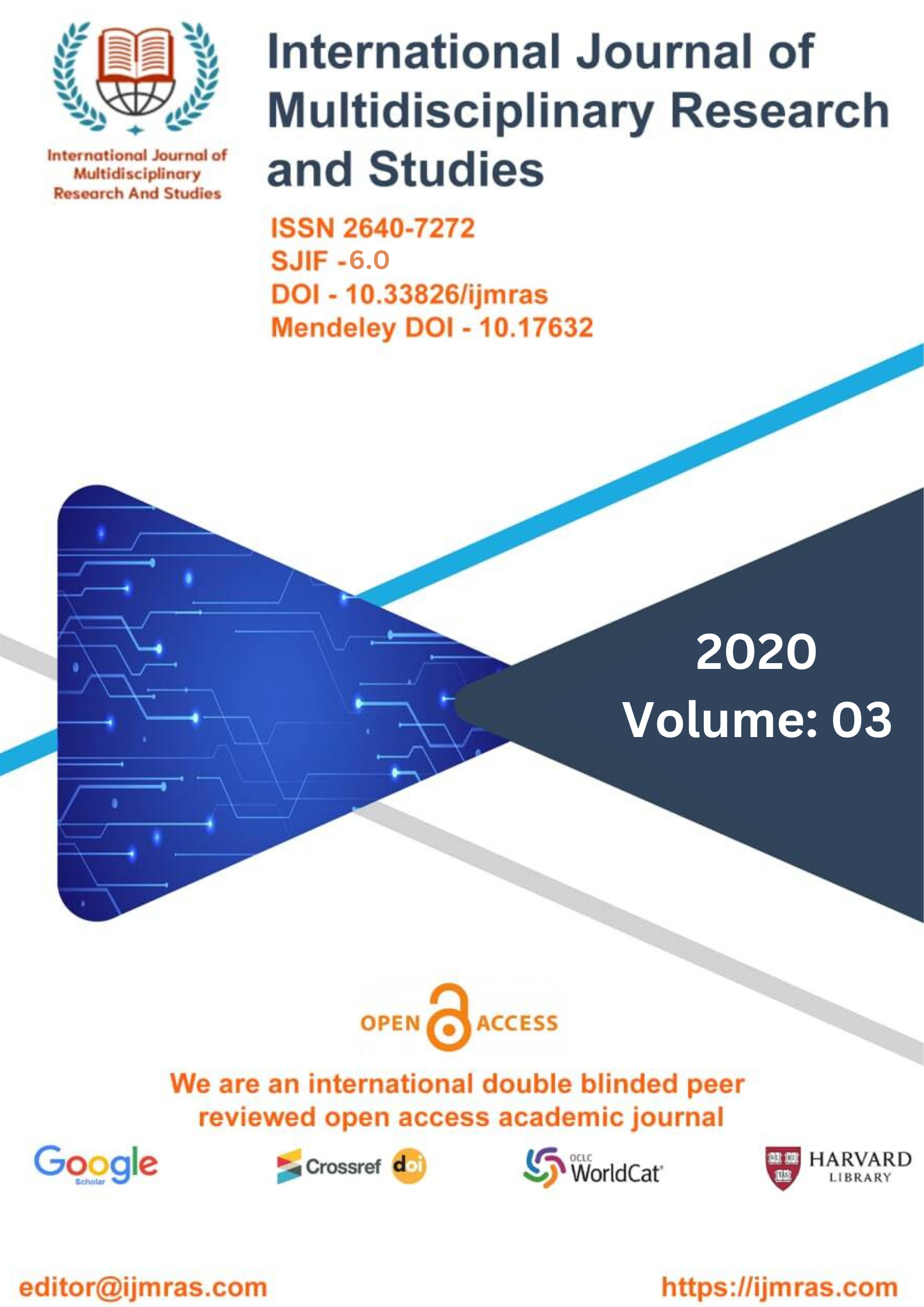THROUGH MALWARE DEDICATION USING LOT

Abstract
For the most recent 40 years, malware has been increasing in ever-increasing complexity to dodge accessible detection strategies and new forms of malware are being developed every day, as a result, Malware Shield is difficult to protect computational devices from them. Enterprise is being made. The risk/attack from high-stage/second-era malware is limited to the individual level, but there are state-backed highly skilled programmers developing tweaked malware to harass corporations and for naval reconnaissance. Attacks through such malware can alter mechanical infrastructure, and disturb power plants, for example, Stuxnet and the Duke malware hobby, and many countries continue to bring expensive record breaks, for example, the two countries with the most data breaches. The larger rate was in the US ($5.4 million) and Germany ($4.8 million) in 2013. In it, the disruption to the Google system shows how the Green Attack must be sustained with long-term penetration into institutions.
Keywords
Malware, Dedication, Lot, Mechanical Infrastructure, MalwareHow to Cite
References
C Andrews. [online]. Available: http://creativecommons.org/licenses/by-sa/3.0
H. T. , Bei Zhang, Y., "Big Data Analytics in Smart Grids: A Review," Energy Information, Vol. 1, pp. 3–4, 2018. [Online]. Available: https://energyinformatics.springeropen. com/articles/10.1186/s42162-018-0007-5
Xantacross. [online]. Available: https://commons.wikimedia.org/wiki/File:Euclidean_vs_DTW.jpg
A. Mamer and K. Benhamad, "Machine learning techniques for energy theft detection in AMI." New York, NY, USA: Computing Machinery Association, 2018. [online]. Available: https://doi.org/10.1145/3178461.3178484
P.-N. Tan, M. Steinbach, and V. Kumar, Introduction to Data Mining. Addison Wesley, May 2005.
KMU Ghori, M. Imran, A. Nawaz, RA Abbasi, A. Ullah, and L. Sajathmari, "Performance Analysis of a Machine Learning Classifier for Non-Technical Loss Detection," J Ambient Intl Human Comput, 2020.
I. Breedo, V. Kaverin, D. Abisheva, and A. Kolychev, "Monitoring of leakage currents of suspension insulators of high voltage overhead power lines."
J. Parmar, "Total Losses in Power Distribution and Transmission Lines: EEP," December 2017. [online]. Available at: https://electrical-engineering-portal.com/ Total-losses-in-power-distribution-and-transmission-lines-1
J. Navani, N. Sharma, and S. Sapra, "Technical and Non-Technical Losses in Power System and Its Economic," 2012.
S. Amin, GA Schwartz, AA Cardenas, and SS Shastri, "Game-theoretic model of power theft detection in smart utility networks: Providing new capabilities with advanced metering infrastructure," IEEE Control Systems Magazine, vol. 35, no. 1, pp. 66–81, 2015.
Northeast Group, LLC, "Power Theft and Nontechnical Losses: Global Markets, Solutions and Vendors," 2017.
L. Arango, E. Deccache, B. Bonatto, H. Arango, and E. Pamplona, "Study of the impact of electricity theft on the economy of a regulated electricity company," Journal of Control, Automation and Electrical Systems, vol. 28, June 2017.
F. Jameel and E. Ahmed, "An Empirical Study of Electricity Theft from Electricity Distribution Companies in Pakistan," Pakistan Development Review, Vol. 53, no. 3, pp. 239–254, 2014.
License
Copyright (c) 2020 Medha Varma

This work is licensed under a Creative Commons Attribution 4.0 International License.
Individual articles are published Open Access under the Creative Commons Licence: CC-BY 4.0.



